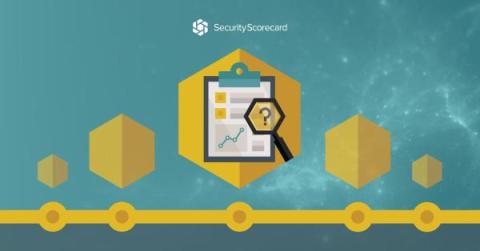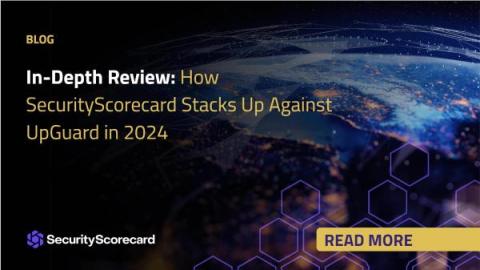Security | Threat Detection | Cyberattacks | DevSecOps | Compliance
Risk Management
How to Resolve Google Safe Browsing Risks
How to Perform A Cybersecurity Risk Analysis in 2024
Risk analysis is defined as the process of identifying, reviewing, and analyzing any existing or potential cybersecurity risks that could negatively impact a business. Performing a cybersecurity risk analysis helps your company identify, manage, and safeguard data, information, and assets that could be vulnerable to a cyber attack. Such an analysis helps to identify systems and resources, determine the risk, and create a plan for security controls that can help protect your company.
Determining Your Cyber Risk Quantification
3 Ways to Improve Your Website Security for 2024
In-Depth Review: How SecurityScorecard Stacks Up Against UpGuard in 2024
In the dynamic world of cybersecurity, choosing the right platform can be pivotal for an organization’s digital safety. As we delve into 2024, two major players, SecurityScorecard and UpGuard, continue to make waves. This in-depth review compares these two companies and highlights how SecurityScorecard’s offerings often outshine those of UpGuard.







